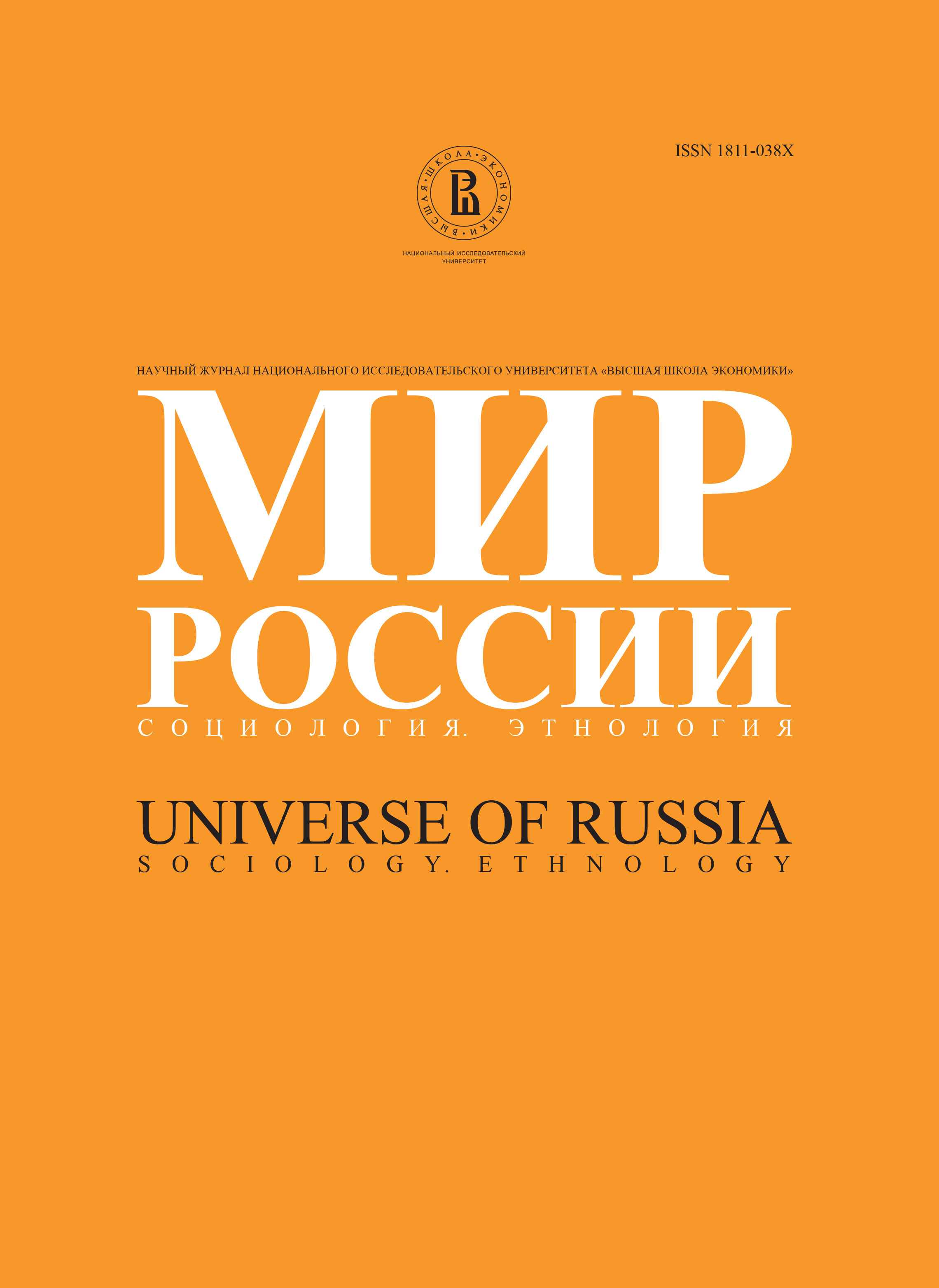The Asian «Tigers» and Russia: Is Bureaucratic Capitalism Awful?
Abstract
The article is devoted to a comparative study of the recent Russian situation and the experience of new industrialized countries (NICs) of East and Southeast Asia known as «tigers». The author considers whether the rise of «Asian» capitalism with a rule of bureaucracy, domination of big corporations (chaebols) in economy and authoritarian political regime threatens Russia or not. He compares the starting levels of development of NICs, on the one hand, and Russia, on the other hand, since 1960s when «tigers» had been small «kittens» of the world economy and nobody could imagine that East Asia would become the only region of the world capable to narrow the gap between itself and the West.Krasilshchikov also examines some similarities between the former Soviet Union's model of development and the Asian «flying geese» model, obvious differences between both regions notwithstanding. He highlights such a particular feature of NICs as outward-looking development which is conditioned, to a big degree, by the processes in the West: a crisis of fordist-keynesian economy, including the so called crisis of labour, and subsequent transition towards a postindustrial society.
In the author's opinion, such different events as the collapse of the USSR and the financial crisis of 1997—1998 in Asia have common nature: inadequacy of their economies and human resources in relation to the post-industrial challenges. As it is demonstrated in the article, despite obvious achievements in reducing poverty neither the former Soviet Union nor «tigers» reached the level of consumption that would be sufficient for human resources development in the new epoch.
Krasilshchikov writes about a divergence between the trajectories of post-soviet Russia and NICs in the 1990s and, particularly, after the crises of 1997—1998. His assertion is founded upon the base of human development indices' trends, the data on public expenditures for education and teachers salaries. Finally, the author describes the Multimedia Super-corridor and Bio-Valley in Malaysia as examples of the NICs' capacity to promote strategic plans while the Russian «elite» cannot comprehend the significance of big projects for the country's development. Therefore, as the author concludes, if the bureaucratic, Asian-type capitalism could rise in Russia, it would be a real step forward for Russia.






